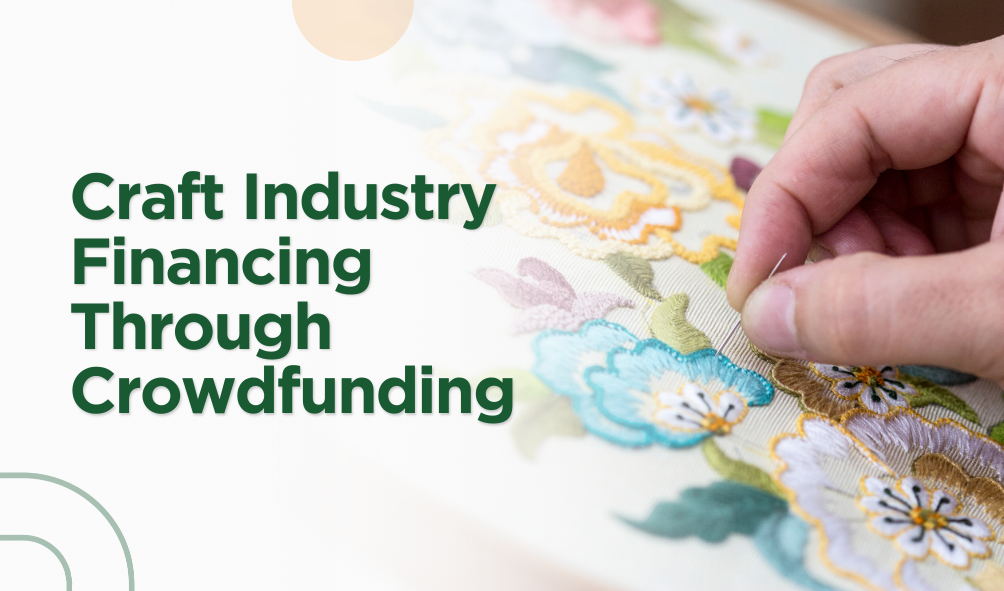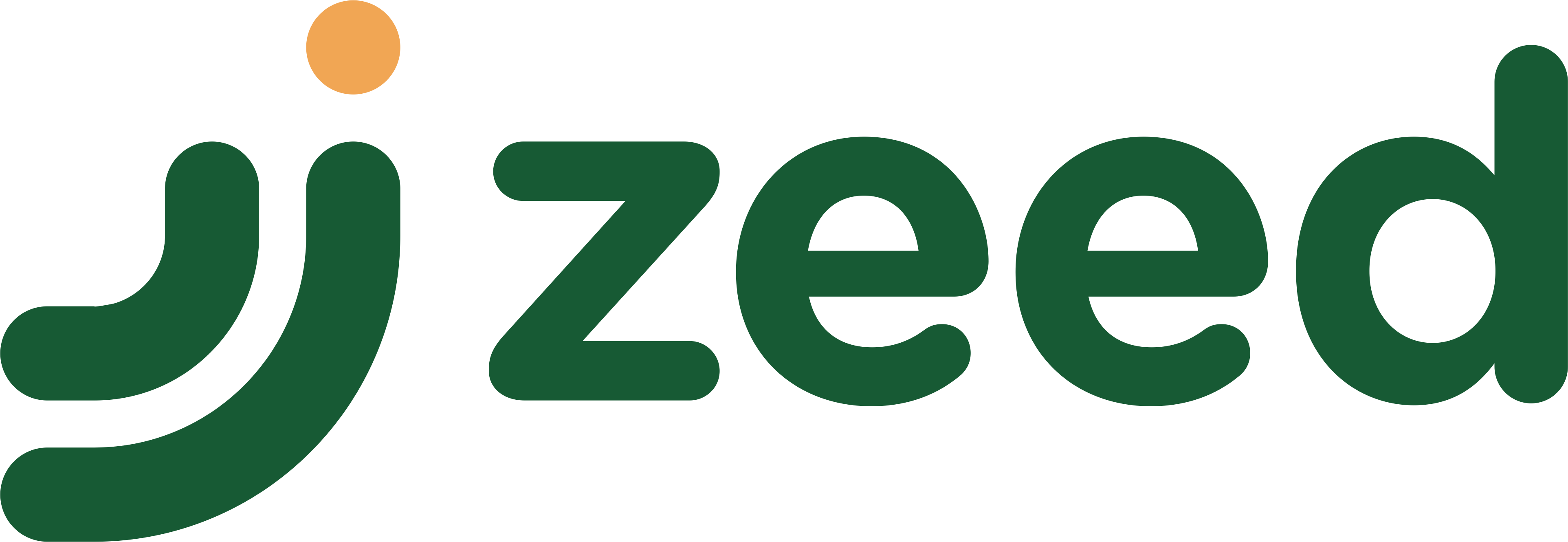Craft Industry Financing Through Crowdfunding
The craft industry in Indonesia possesses enormous potential for growth and development, considering the country’s rich cultural and traditional heritage. Handicrafts such as batik, weaving, basketry, and wood carving have become integral to the national identity. However, like many other creative sectors, the craft industry faces significant challenges in terms of financing. One innovative solution that is increasingly gaining attention is crowdfunding, which not only provides access to capital but also serves as an effective marketing tool.
Crowdfunding: An Alternative Financing Solution
Crowdfunding is a method of raising funds from a large number of people, typically through online platforms. Through crowdfunding, craft entrepreneurs can present their products or projects to a broad audience and raise the necessary funds to start or expand their businesses. Crowdfunding not only provides access to capital but also functions as a marketing tool that allows entrepreneurs to gauge market interest before launching their products.
In a study conducted by Belleflamme, Lambert, and Schwienbacher (2014), crowdfunding was found to not only assist in raising funds but also in building a loyal supporter community. This is crucial in the craft industry because customers tend to value unique products with high cultural significance. Through strong community support, craft entrepreneurs can build robust brands and secure a loyal customer base, which becomes a critical asset in business growth.
Types of Crowdfunding
There are several types of crowdfunding that can be utilized by the craft industry:
- Reward-based Crowdfunding: This is the most commonly used model by craft entrepreneurs. In this model, backers receive a product or reward in exchange for their support. For example, a batik artisan might offer exclusive batik fabric to supporters who contribute a certain amount of money. This model is particularly suitable for entrepreneurs who want to attract market interest by offering specific and exclusive products (Mollick, 2014).
- Equity Crowdfunding: In this model, backers receive equity ownership in the company. Although this is more complex and regulated by law, it offers entrepreneurs the opportunity to raise larger amounts of capital and engage investors in the long term. Equity crowdfunding is an appealing option for entrepreneurs who are ready to scale their businesses and require significant capital injections (Ahlers et al., 2015).
- Donation-based Crowdfunding: This model involves backers who do not expect any reward. Donation-based crowdfunding is typically used for projects with high social impact, such as the preservation of arts and culture or community development through handicrafts. This model is often chosen by initiatives that focus on sustainability and social impact rather than purely financial gain (Burtch, Ghose, & Wattal, 2013).
Challenges and Opportunities
While crowdfunding offers numerous benefits, craft entrepreneurs face several challenges. One of the biggest challenges is the ability to effectively market the campaign. Creating an appealing campaign that captures attention is key to success in crowdfunding. The campaign must present a compelling story and resonate emotionally with potential backers, clearly illustrating the benefits supporters will receive (Gerber & Hui, 2013).
Additionally, entrepreneurs must consider the platform fees and commissions typically charged by crowdfunding service providers. These costs can impact the amount of funding ultimately received by the entrepreneur. However, crowdfunding platforms also provide tools and features that can help entrepreneurs manage their campaigns more efficiently and effectively.
On the other hand, the opportunities presented by crowdfunding far outweigh the challenges. With the right strategy, craft entrepreneurs can raise the necessary funds, build their brand, and expand their market to a global level. Furthermore, crowdfunding can serve as a valuable learning tool for entrepreneurs to understand market needs and preferences and to test product prototypes before commercial launch (Ordanini et al., 2011).
Conclusion
Crowdfunding offers an attractive and effective financing solution for the craft industry in Indonesia. By leveraging existing crowdfunding models, craft entrepreneurs can overcome funding challenges and grow their businesses. However, success in crowdfunding requires a well-thought-out strategy, including the ability to market products and build relationships with backers. Therefore, craft entrepreneurs must continue to learn and adapt to technological and market developments to fully capitalize on the potential of crowdfunding. Crowdfunding is not just about raising funds but also about building communities, creating stories, and introducing crafts to the world.
Also read:Tawakkal in Business Fundraising

References
Ahlers, G. K., Cumming, D., Günther, C., & Schweizer, D. (2015). Signaling in equity crowdfunding. Entrepreneurship Theory and Practice, 39(4), 955-980.
Belleflamme, P., Lambert, T., & Schwienbacher, A. (2014). Crowdfunding: Tapping the right crowd. Journal of Business Venturing, 29(5), 585-609.
Burtch, G., Ghose, A., & Wattal, S. (2013). An empirical examination of the antecedents and consequences of contribution patterns in crowd-funded markets. Information Systems Research, 24(3), 499-519.
Gerber, E. M., & Hui, J. S. (2013). Crowdfunding: Motivations and deterrents for participation. ACM Transactions on Computer-Human Interaction (TOCHI), 20(6), 1-32.
Mollick, E. (2014). The dynamics of crowdfunding: An exploratory study. Journal of Business Venturing, 29(1), 1-16.
Ordanini, A., Miceli, L., Pizzetti, M., & Parasuraman, A. (2011). Crowd-funding: Transforming customers into investors through innovative service platforms. Journal of Service Management, 22(4), 443-470.







